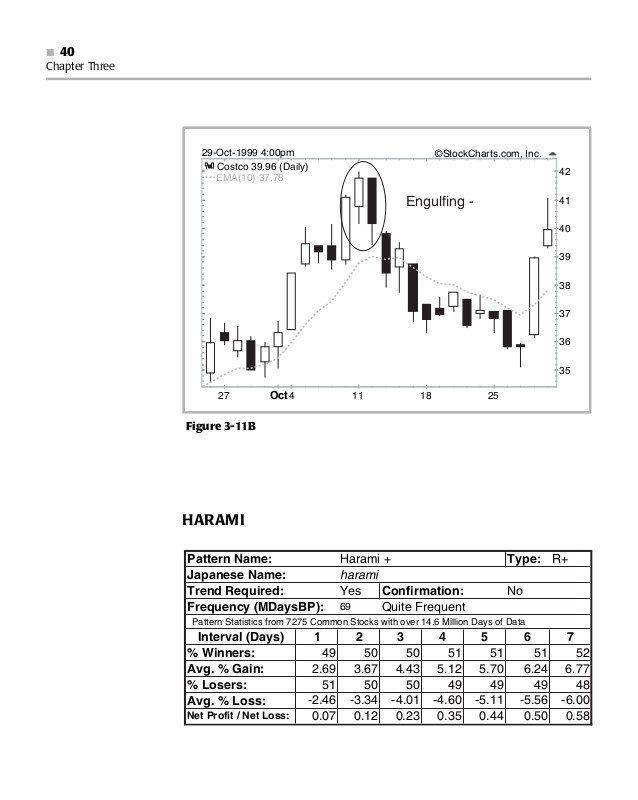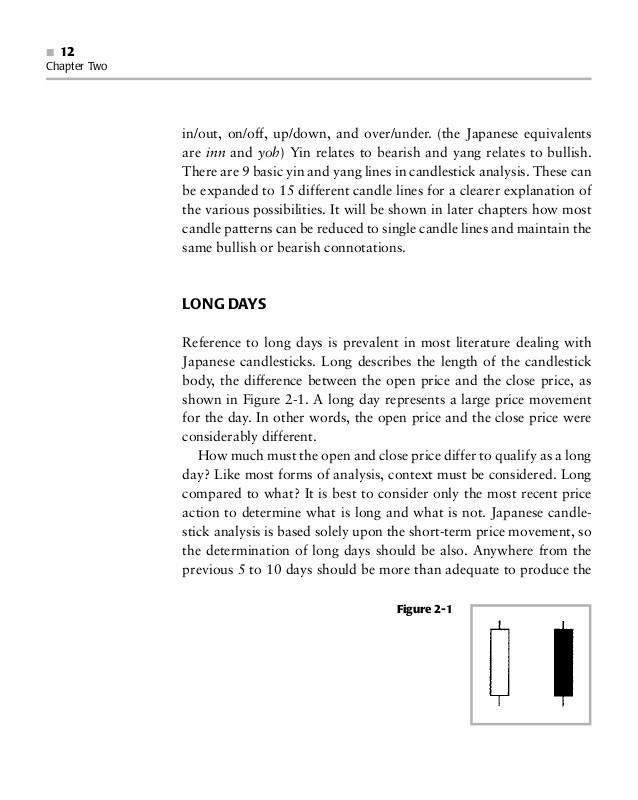Commodity Trading 101 Learning To Trade Commodities Doesnt Have To Be Boring
Post on: 25 Май, 2015 No Comment

Investing in commodities
Misspellings: comodities trading
Suppose a trader buys a contract to purchase oil trading on NYMEX (The New York Mercantile Exchange) at $70 per barrel for WTI with an expiration date of August 6th. (Oil comes, obviously, from a variety of major sources, including the North Sea near England, Alaska, Saudi Arabia, West Texas, etc. The locations often lend their names to the different sub-types of commodity and generally have different prices).
Note a number of things about this contract, called a future.
It names a specific commodity. It isn’t a contract for North Sea Brent, it’s for WTI (West Texas Intermediate) Crude. Though oil as a whole is a commodity with similar properties, the actual material recovered varies from place to place. There are as many types and names as there are for cigars.
Because of differences in cost of production, refining and shipping costs, inherent composition and many other factors not least of which is expected demand, prices can and do vary.
It has a specified price: $70 per barrel. A portion of that money, called the margin, is to be paid today. The required margin amount changes depending on a number of factors, such as how volatile prices have been in the recent past. But somewhere around 5% is typical.
Each contract specifies a set amount, typically 1,000 U.S. barrels (42,000 gallons, equivalent to roughly 168,000 liters). At 5% of $70 per barrel, a contract for a 1,000 barrels requires a minimum investment of $3.50 x 1,000 = $3,500.
For an investment of $3,500 the speculator is controlling $70,000 worth of oil. That’s known as leverage.
The contract has an expiration date and an associated obligation for delivery. On or before August 6th the contract holder has to deliver 1,000 barrels of West Texas Intermediate Crude with specified characteristics. Exchanges determine such things as minimum acceptable levels of sulfur content, for example.
Understanding how to trade commodities
An interesting fact is that the vast majority of traders are never going to see a drop of that oil and don’t have any real expectation of delivering it. They don’t have it to deliver. They are trading contracts for goods, not the goods themselves. The final contract is ultimately handled by a specialist broker who ensures delivery of the actual product to some ‘consumer’ like an oil refinery.

The important point for the average trader is simply that they have to do something by a given date. That has interesting consequences, such as the change in price for the contract itself as the expiration date nears.
Unlike an options contract, a futures contract carries not only the right to buy or sell something at a given price by a specified date, but the obligation to do so.
If the spot price (the price of a barrel of oil at a given time, in a specific market) changes, the trading price for the contract will change as well. How it changes, and by how much, we have to leave for later. But suppose the price for WTI rises to $75 per barrel before expiration.
How much profit, in percentage terms has the trader made?
$75 — $70 = $5 per barrel. $5 per barrel x 1,000 barrels = $5,000. $5,000 — $3,500 = $1,500 (excluding commissions). $1,500 / $3,500 x 100% = 42.86%.
A very healthy return and, in today’s oil market, not at all unrealistic. Of course, anyone considering commodities trading should be fully alert to the possibility — even in today’s market — that the price of oil (or any other commodity) can and does fall as well as rise.














